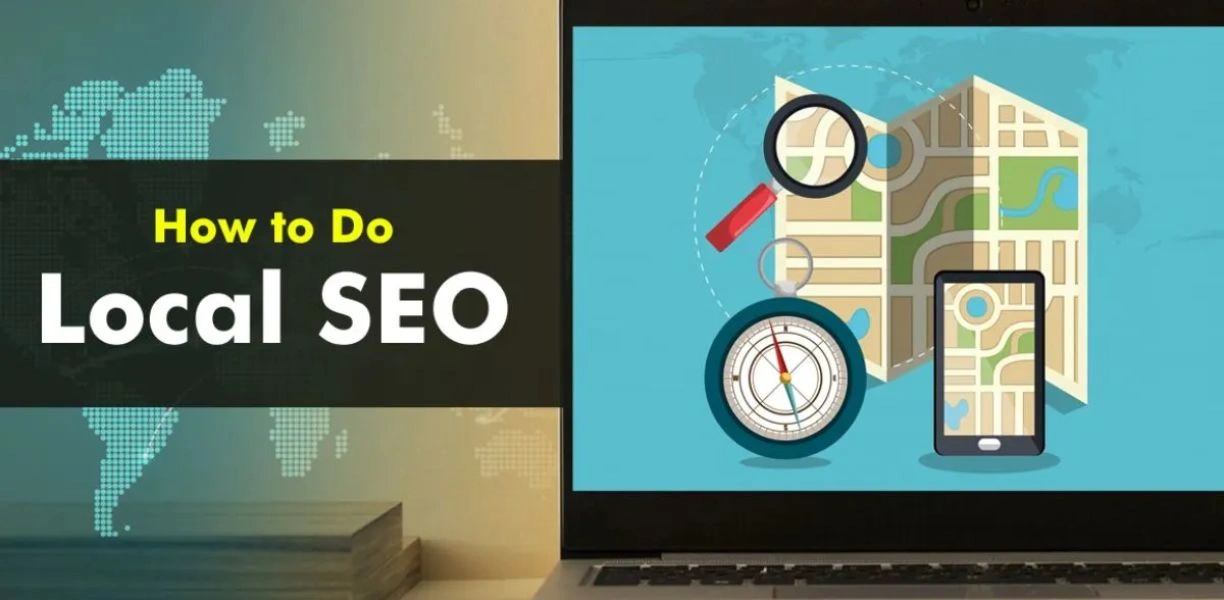In 2025, India’s digital landscape is more mobile-driven than ever. With over 750 million smartphone users, local searches on mobile devices have skyrocketed, making local SEO a critical tool for small businesses to attract nearby customers effectively. Whether you own a neighborhood store in Mumbai or run a service-based business in Chennai, mastering local SEO can significantly increase your visibility and drive foot traffic.
This article will explore the latest local SEO trends in 2025 and provide actionable strategies tailored for Indian small businesses, students learning digital marketing, and professionals looking to sharpen their skills in a mobile-first world.
Why Local SEO is Crucial for Small Businesses in 2025
Local SEO focuses on optimizing your online presence to appear prominently in location-based searches, such as “best tea shop near me” or “car repair services in Pune.” Mobile users often perform these searches when they need quick, nearby solutions.
Key facts:
- According to Google, 46% of all searches have local intent.
- 88% of local mobile searches lead to a call or visit to the business within 24 hours.
- In India, mobile data consumption is growing at an unprecedented pace, driving localized search trends.
For small businesses, this means local SEO can be a cost-effective way to compete with larger brands and connect directly with your community.
Top Local SEO Trends to Watch in 2025
1. Mobile-First Indexing is the Norm
Google now primarily uses the mobile version of your website for indexing and ranking. This means:
- Your website must be responsive and fast on smartphones.
- Content and site structure should be optimized for mobile usability.
- Avoid intrusive pop-ups that hamper user experience.
Tip: Use tools like Google’s Mobile-Friendly Test to evaluate your site.
2. Hyper-Local SEO and “Near Me” Searches
Users want immediate, nearby results. Searches including phrases like “near me” or specifying local neighborhoods are increasing.
- Optimize your Google My Business (GMB) listing with accurate location details.
- Use geo-targeted keywords that reflect your city, locality, or neighborhood.
- Create location-specific pages if your business operates in multiple areas.
3. Voice Search Optimization for Local Queries
With the rise of voice assistants like Google Assistant and Alexa, voice searches now make up over 30% of mobile queries in India.
- Use natural language and conversational keywords in your content.
- Focus on answering common questions related to your business (Who, What, Where, When, Why, How).
- Implement FAQ sections on your website.
4. Enhanced Google My Business Features
GMB continues to evolve, offering features like posts, booking options, and Q&A.
- Regularly update your GMB profile with new photos, offers, and posts.
- Respond promptly to reviews and questions.
- Use GMB insights to understand how customers find and interact with your listing.
5. User Reviews and Reputation Management
Online reviews influence local rankings and buyer decisions.
- Encourage satisfied customers to leave honest reviews.
- Monitor and respond to reviews professionally.
- Use reviews as feedback to improve your services.
Statistic: Businesses with positive reviews see a 35% increase in clicks from local search results.
Practical Local SEO Strategies for Indian Small Businesses
Optimize Google My Business (GMB)
- Claim and verify your listing.
- Fill out every detail: address, phone number, website, business hours.
- Add high-quality images of your store, products, or team.
- Use relevant business categories.
Build Local Citations
- Ensure your business information is consistent across local directories like Justdial, Sulekha, and IndiaMart.
- Add your NAP (Name, Address, Phone) details accurately on each platform.
- Avoid duplicate or outdated listings.
Create Location-Specific Content
- Write blog posts or articles targeting local events, news, or topics relevant to your area.
- Highlight customer stories or testimonials from your region.
- Use local landmarks and terms in your content naturally.
Leverage Social Media for Local Engagement
- Engage with your local audience through Facebook, Instagram, and WhatsApp Business.
- Share location-based promotions or events.
- Collaborate with local influencers to increase reach.
Measuring and Tracking Local SEO Success
Use tools like:
- Google Analytics to monitor website traffic and conversions.
- Google Search Console to track keyword rankings and indexing issues.
- Google My Business Insights for local search performance.
- Local SEO tools like Moz Local or BrightLocal for citation tracking.
Regularly analyze data to refine your strategy and respond to changing user behaviors.
Real Also: Video SEO: How to Rank Your YouTube and Website Videos Higher in 2025
Conclusion: Embrace Local SEO to Thrive in India’s Mobile-First Era
Local SEO in 2025 is about more than just listing your business online – it’s about creating a seamless, trustworthy, and mobile-optimized experience for your local customers. Small businesses in India can leverage mobile-first indexing, voice search, and hyper-local strategies to stand out in crowded markets.
Start by optimizing your Google My Business profile, creating location-specific content, and engaging with your community online. By embracing these local SEO trends, you position your business for sustainable growth and stronger connections with customers in an increasingly digital and mobile-centric India.







